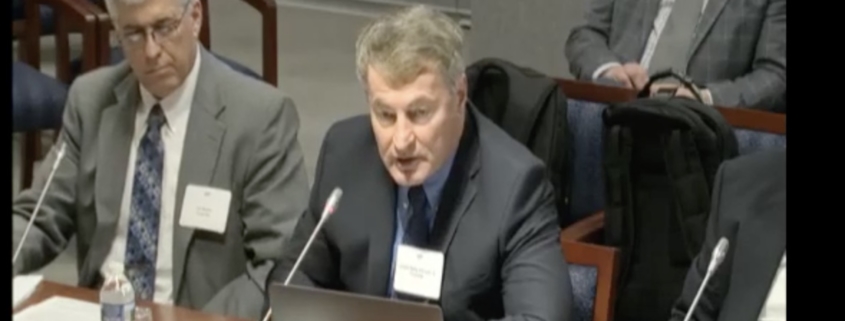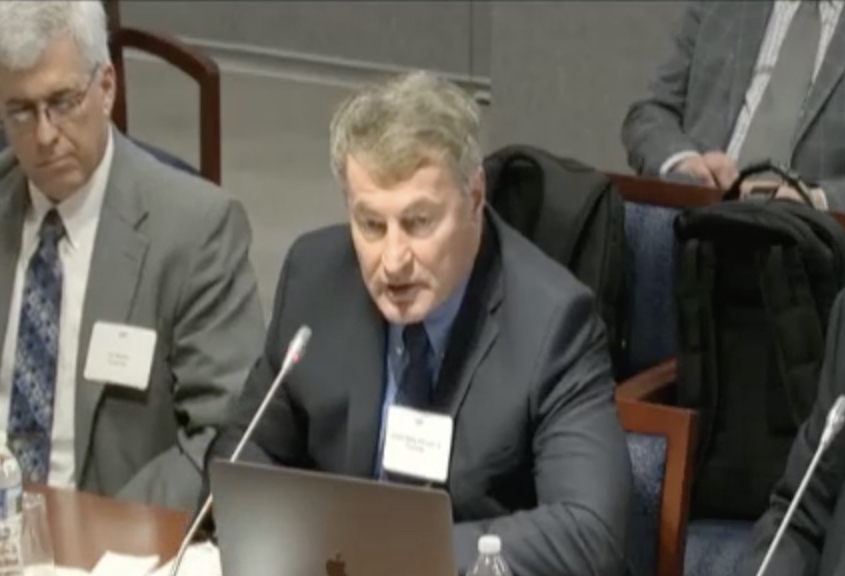

What is the first sign of carbon monoxide poisoning? Something that resembles the flu, but when it happens to multiple people at once, then CO is the logical answer.
The first sign of carbon monoxide poisoning can vary from something resembling the flu, to headache to dizziness or lightheadedness. Shortness of breath is another sign of carbon monoxide poisoning. The human body is an extremely sensitive carbon monoxide detector, but the symptoms are often confused for something else.
Without a carbon monoxide alarm, there will be no way of knowing that you are getting carbon monoxide poisoning until it is too late to avoid the risk of brain damage. Most of the symptoms that will warn an individual or EMT of carbon monoxide poisoning don’t become severe enough to point to CO poisoning until the CO is already toxic. Many of these symptoms don’t become cause for serious concern until levels reach 20-30%, well above a threshold level where 40% of those poisoned will get permanent brain damage.
In our experience, it is not until multiple people faint in the same environment that carbon monoxide poisoning get seriously considered. Once the idea occurs to people, it then rapidly moves to the top of the diagnostic tree. We have been involved in a dozens of cases where groups of people were poisoned. Until the second or third person gets sick, carbon monoxide is not considered. Even in Emergency Rooms, the doctors don’t consider it until there is some additional epidemiological fact added. In one case, a little girl was in the ER for three hours before a phone call from her grandmother in the home that the utility company was there with their detectors alarming, was carbon monoxide considered. In another case, a young man was discharged from the ER only to find his other relatives being evacuated when he got home.

Attorney Gordon Johnson, author of this blog, testifying to the U.S. Consumer Products Safety Commission about the dangers of carbon monoxide poisoning.
Case Study of Carbon Monoxide Poisoning – Syncope Plus Odor
In a case where more than 300 people were poisoned, it was the combination of multiple people feeling ill and an odor that warned EMT’s of the risk. Here is what the fire department record said:
MS and ES were assigned to medical call for someone who fainted. The scene was at a business which is an indoor soccer field. The complex was being rented out for a wedding party with a live band playing music. MS arrived on scene with ES for a syncopal episode. There was a Wedding party with approx. 300 people in the indoor soccer area. Smell of exhaust/gas upon entering the building. While being escorted to the patient, someone mentioned to the medics about an odor in the building and reported a generator was being used. A guest stated it smelt like that in the whole building and commented about generators being used. MS initially entered the women’s bathroom where the first patient was located. ES entered and made contact with the medics who reported that this may be a CO incident.When ES arrived it was agreed that they would begin investigating the odor. MS removed the patient from the building.
ES found CO readings at 400ppm and ordered an evacuation. Once the evacuation was ordered 2 additional people approached MS feeling faint and needing treatment. MS was initially going to transport the 3. Prior to departure approx. 3 more people approached MS. MS communicated this to ES and asked for a 2nd ambulance. After asking for a 2nd ambulance multitudes of people continued to approach MS with complaints ranging from headache, nausea, vomiting and fainting. MS communicated this to ES and stated more ambulances would be necessary and that MS would be staying on scene and establishing a Treatment and Triage area by the ambulance, treating everyone for CO poisoning. ES proceeded with initiating the MCI protocol. Everyone was determined to be stable and people were provided 02 therapy. MS continued to treat pts throughout the MCI.
The exhaust gases were part of the equation. Note that EMT’s didn’t have their CO alarms with them when they entered the premises. The oft repeated warning about carbon monoxide is that it is odorless. While the carbon monoxide is, the exhaust gases that come with carbon monoxide may not be. However, when exhaust gases can be smelled, it often represents extremely high CO levels, as what is being smelled is unburned hydrocarbons. Unburned hydrocarbons, which smell like the exhaust from a lawn mower come well after dangerous CO levels occur. The more sensitive noses that pets such as dogs and cats have, is the reason they are often the first to warn of carbon monoxide danger. If you are feeling ill and your pet is upset or agitated, seriously consider the possibility of carbon monoxide poisoning.
What to do if you suspect carbon monoxide poisoning?
Immediately evacuate the premises. Don’t wait for EMT’s. Don’t take the time to air out the premises. Evacuate. Don’t even wait to call 911. Do this outside. The average 911 call could last several minutes. The time it takes you to do anything but evacuate could be the difference between life and death. Once the EMT’s arrive, they can investigate whether CO was the cause. They can open the windows and doors. Regardless of the weather, wait for the EMT’s outside. It is not your job to ventilate the premises or figure out where the CO was coming from.
How do I know if I have been exposed to carbon monoxide?
If you are experiencing the symptoms above, get outside of the apartment or other environment, then call a professional to help determine what is causing your symptoms. Only after you are feeling better, take affirmative steps to diagnose the problem yourself. Obviously, this advice is the wrong advice if it is only the flu, or in today’s world, COVID 19. But the reason for the greater caution if it might be carbon monoxide is that CO can be immediately deadly. If any of the following are going on in addition to flu-like symptoms, definitely get out:
- Multiple people feeling ill with similar time of onset;
- You do not have carbon monoxide alarms where you are;
- You smell anything like gas or engine exhaust (think lawnmower or older car);
- Old or poorly maintained furnaces or hot water heaters;
- You have been using your stove or oven to supplement heat;
- There is the sound of an engine anywhere near;
- A car or other engine is running in your garage.
